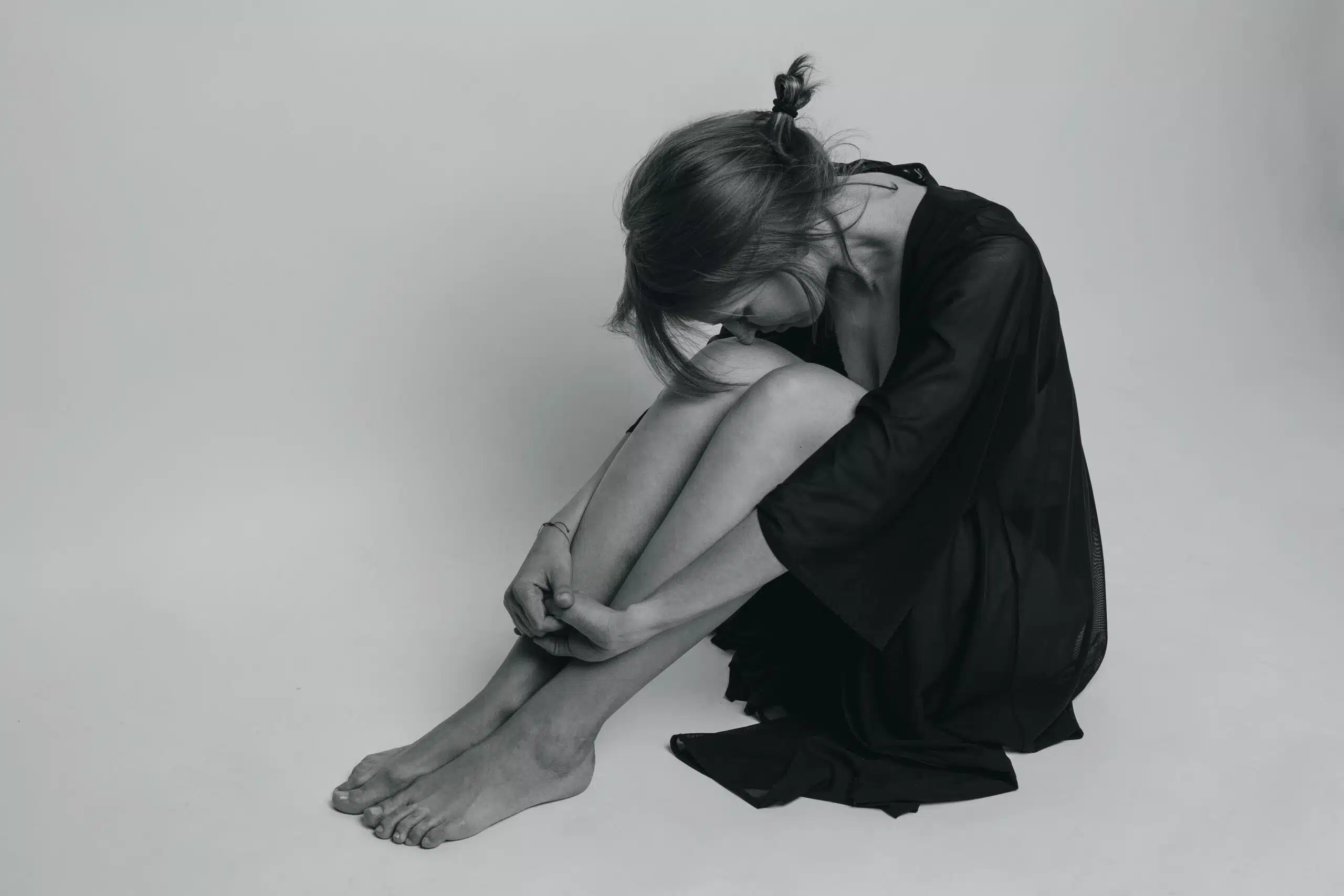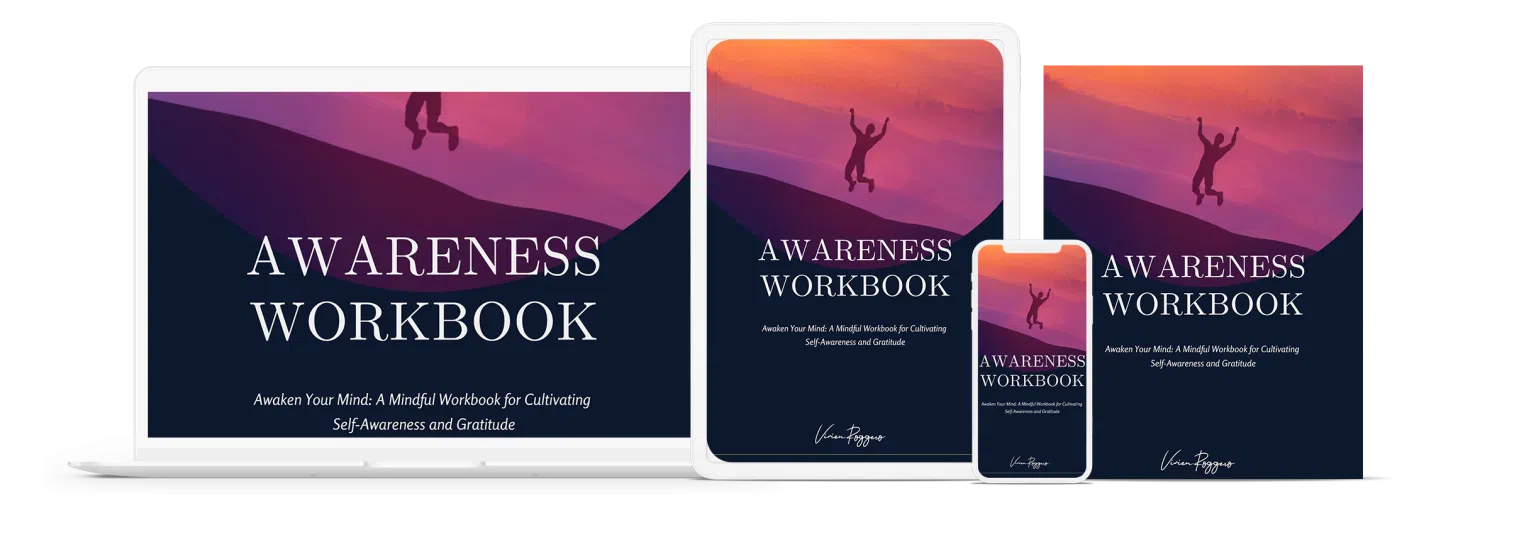Most people see panic and anxiety attacks as the same thing and use these terms interchangeably. But the truth is these two are different conditions with specific symptoms and features, and there is a huge difference between a panic attack and an anxiety attack.
Panic attacks come on abruptly and can occur without a trigger. On the other hand, anxiety attacks are triggered by certain stressors, and they often last for more time than a panic attack might.
Although there are similarities between both experiences- including experiencing overwhelming feelings of anxiety, fear, confusion, and worry. But they differ in intensity and cause, and both are psychological issues that lead to severe mental and physical symptoms.
So, it’s significant to understand the difference between them so you become aware of what you are experiencing. In this article, we’ll discuss the difference between a panic attack and an anxiety attack in detail- their definitions, symptoms, differences, and treatments.
What is a Panic attack?
A panic attack occurs suddenly and involves overwhelming and intense fear and discomfort. These attacks usually last for a short time, but they’re so intense that they can cause severe disruption. The Diagnostic and Statistical Manual of Mental Disorders- 5th edition (DSM-5) recognizes a panic attack and categorizes it as expected or unexpected with or without clear triggers.
An expected panic attack is linked to known stimuli like Phobia. Unexpected attacks can occur out of the blue without a cause, like some people experiencing a panic attack in the middle of the night. These attacks can happen to anyone. But if someone is experiencing panic attacks more than once, it may be a sign of mental health condition, panic disorder.
Symptoms of Panic Attack
The mental and physical symptoms of panic attacks include:
- Rapid or racing heartbeat
- Feelings of choking
- Shortness of breath
- Feeling nauseous
- Being shaky
- Sweating and hot chills
- Intense worry and distress
- Extreme fear of dying
- Feelings of derealization
- A sense of detachment from oneself or the world
Also Read: 10 Ways How To Control Your Emotions, Don’t Overreact!
What is an Anxiety attack?
Anxiety is related to the expectation of a stressful event, situation, or experience. The DSM-5 doesn’t mention the term anxiety attack, so it’s not an officially recognized condition. However, they’re defined as the feature of other common disorders, such as OCD, generalized anxiety disorder, PTSD, panic disorder, social anxiety disorder, or specific phobia.
Anxiety attacks present as strong feelings of fear, worry, and distress that tend to build up gradually. People use this term to describe intense anxious feelings. Anxiety intensifies over time and can persist for as long as the trigger is around. Unlike panic attacks, the anxiety symptoms are long-lasting- they can be days, weeks, or even months.
Symptoms of Anxiety Attack
Anxiety attack symptoms are considered less rigid than panic attacks. Here are the symptoms of this condition:
- Nervousness
- Restlessness
- Extreme worry
- Being irritable
- Poor concentration
- Feeling shaky
- Sleep problems
- Tire easily
- Increased heart rate
Difference between panic attack and anxiety attack
Now you must have understood that Panic attacks and anxiety attacks are not the same things, and they’re unique in different ways. The key differences between a panic attack and an anxiety attack involve appearance, intensity level, duration, cause, and onset. Let’s explore these differences.
Appearance
Appearance is one of the primary differences between a panic attack and an anxiety attack. Panic attacks are usually spontaneous, going from 0 to 1 in an instant, and their symptoms appear suddenly. But anxiety attacks start out gradually and keep building over time.
The level of Intensity
Panic attacks involve intense symptoms that can bring on sudden mental and physical changes. Their symptoms are so extreme and disruptive that people can’t identify panic and believe something serious is occurring physically. On the other hand, anxiety attacks can be moderate or severe but can’t match the force of a panic attack.
Duration
Panic attacks are short and end quickly. Minutes will feel like hours for a person who experiences a panic attack. But the average panic attack lasts about 10 minutes and rarely longer than 30 minutes. Also, most panic attack symptoms disappear as soon as the attack ends.
In comparison, anxiety attacks are long-lasting because of the slow onset of symptoms. Periods of anxiety could last hours or days.
The Cause
Panic attacks usually occur out of the blue, and triggers or stressors do not always prompt them. So, it is pretty difficult to say what might cause a panic attack. In contrast, anxiety attacks are caused by situational triggers that are perceived as threatening or stressful.
Onset
In a panic attack, a person can feel fine one minute, have a panic attack suddenly, and then the attack ends shortly. They appear more randomly and unexpectedly, making it difficult to pinpoint the cause of the attack.
While anxiety attacks flow gradually, people can have multiple symptoms before the attack actually begins. Also, there is always a particular situation, event, or cause that sparks an anxiety attack.
What to do when a panic attack or anxiety attack comes
People with panic and anxiety attacks can feel overwhelmed and chaotic. Whatever condition you’re dealing with, you should know the treatment to lift the symptoms and prevent further attacks. With a combination of professional treatments and lifestyle changes, a person can achieve the symptom relief they seek. Here are the things you should go for when a panic attack or anxiety attack comes:
Counseling and Therapy
Therapy is one of the most effective and high-rewarding treatments for anxiety and panic attacks. Engaging in one-on-one therapy sessions with an experienced therapist can help you identify triggers, understand symptoms, and develop ways to manage them. Therapy helps people accept the past, work through past pain and move toward the future.
Cognitive Behavioral Therapy (CBT) is the successful and most recommended form of therapy for anxiety and panic attacks. It focuses on your behavioral responses to stressors or specific events. And a therapist can help you establish new habits and techniques for reacting to stressors.
Medication
In addition to therapy, medications can reduce symptoms of severe panic and anxiety attacks. These medications include antidepressants (SSRIs, SNRIs), anti-anxiety drugs, and beta blockers. All these drugs have side effects. So, a person should consult a doctor if any effect arises or worsens.
Doctors usually recommend a combination of treatments like medications along with therapy. Medications are only needed for a short time to control symptoms. Therefore, speaking to a professional before stopping the dose or adjusting is highly recommended.
Lifestyle Changes
Making healthy changes in your lifestyle can significantly help you prevent attacks and reduce the intensity of symptoms when the attack occurs. Here are the changes that you should apply to your everyday life:
- Reduce sources of stress in your life
- Avoid substances and seek positive behaviors
- Get regular exercise
- Practice mindfulness and meditation
- Eat a balanced diet
- Surround yourself with people who support and encourage you
Try out these changes and see how all these healthy habits will improve your overall mental and physical health.
Final Words
Panic and anxiety attacks are different, but they share some similar symptoms, risk factors, and causes. Panic attacks occur suddenly, and the symptoms are more intense than anxiety. However, both psychological issues can be distressing and disrupt your everyday life. Whether you or your loved one experiences them, always know that help and treatment are available.
Getting professional support is always a great idea and the first step to finding relief. Overcoming and dealing with anxiety and panic attacks is easier if you seek help. So, if anxiety and panic attacks or their symptoms are affecting your daily life, you should reach out to a professional. The sooner you seek help, the better the outcome.













![2024 Awareness Wordbook by Vivien Roggero [Self-discovery tools]](http://vivienroggero.com/wp-content/uploads/2023/04/Book-Awarness-Full-pack.png)